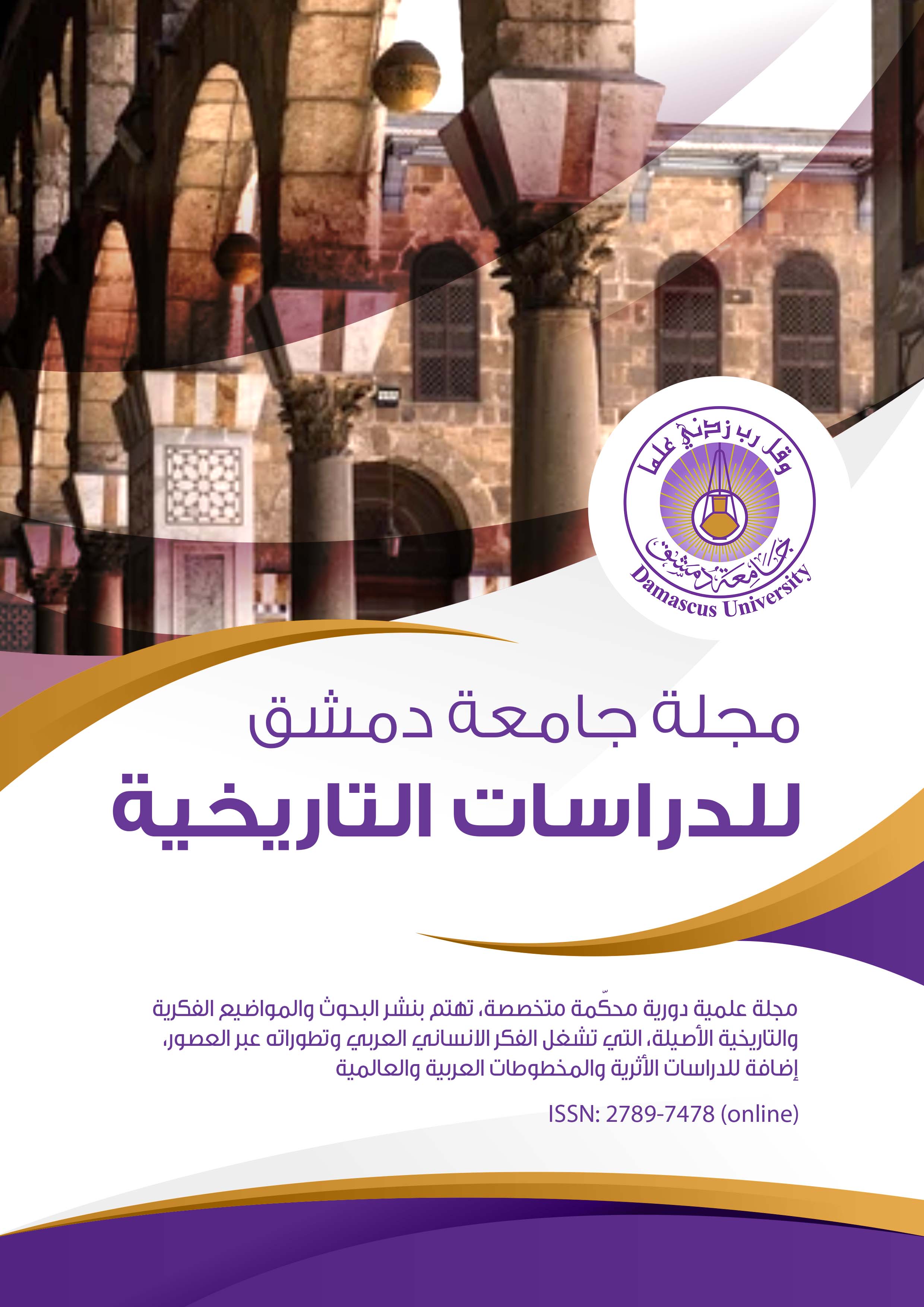الصراع بين طبقتي العامة والنبلاء في المجتمع الروماني بين عامي (509-27)
الكلمات المفتاحية:
بنية المجتمع الروماني، أسباب الصراع، الثورات، صدور قوانيين، ظهور طبقة ارستقراطية جديدة.الملخص
يبين هذا البحث بنية المجتمع الروماني الموزعً على عدة طبقات, في العهد الجمهوري (509-27 ق.م), إلى ثلاث طبقات رئيسية وهي: الطبقة الأرستقراطية أو طبقة النبلاء, وطبقة الفرسان, وطبقة العامة وهي الطبقة الدنيا الفقيرة والمعدمة, والتي تطالب دائماً بحقوقها وواجباتها والمشاركة في الحياة السياسية، وتشكل غالبية السكان في المجتمع الروماني. كما يبحث في أسباب الصراع بين طبقتي النبلاء والعامة والذي أدى إلى قيام العامة بعدة ثورات أدت بالنتيجة إلى وضع تشريع لمعرفة المواطنين حقوقهم وواجباتهم سميَّ بالقوانين الأثني عشر, واستمرت طبقة العامة بالنضال حتى نهاية العهد الجمهوري, وحصلت على حقوقها الاجتماعية والاقتصادية, وحصلت أيضاً على المساواة في المراكز السياسية مع طبقة النبلاء حيث انتخب في عام 356 ق.م أول برايتور قضائي ( (Praetor. وفي عام 278 ق.م صدر قانون هورتنسيوس الشهير (Lex Hortensia) الذي شهد مولد المجلس القبلي, وحرر القرارات والقوانين التي تصدرها من قيد موافقة مجلس السناتو عليها, وبعد الحروب البونية ظهرت طبقة الارستقراطيين الجديدة وهيمنت على السناتو وتسلمت مقاليد الحكم بشكل لا منازع لها منذ النصف الأول للقرن الثاني.

